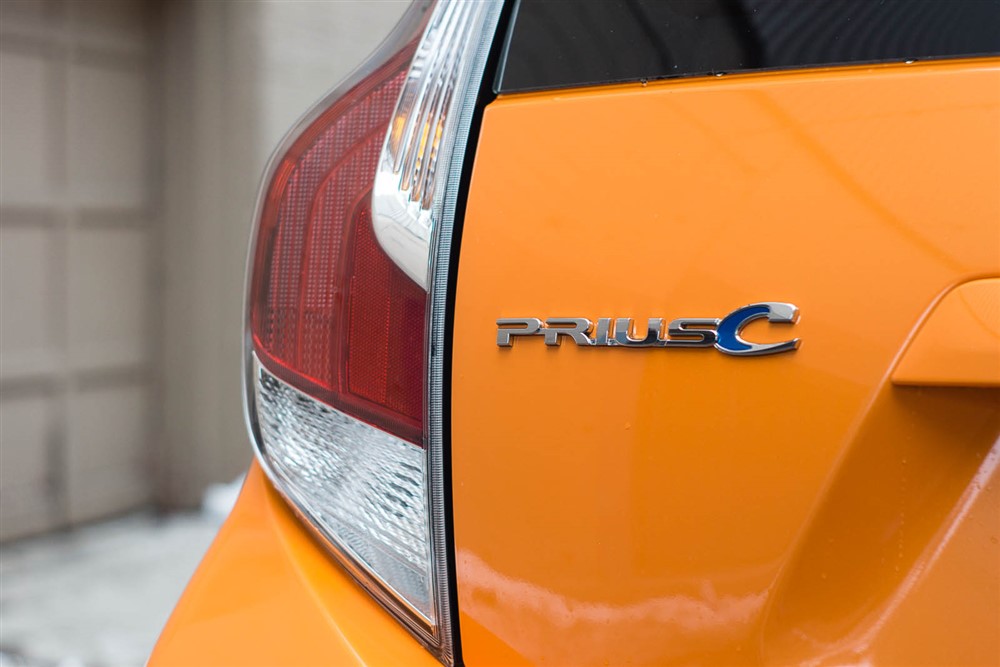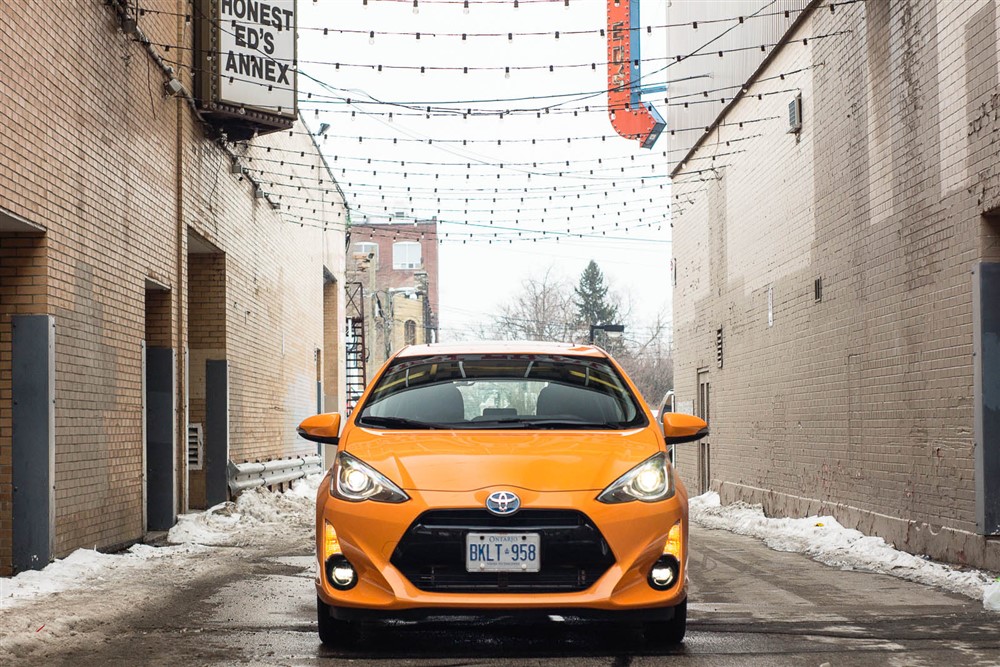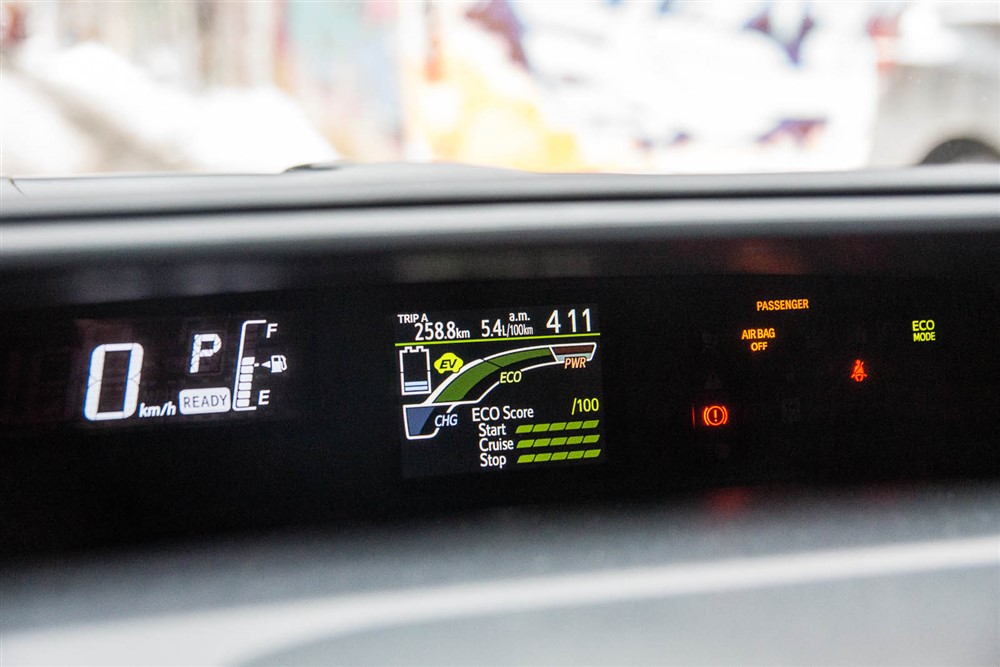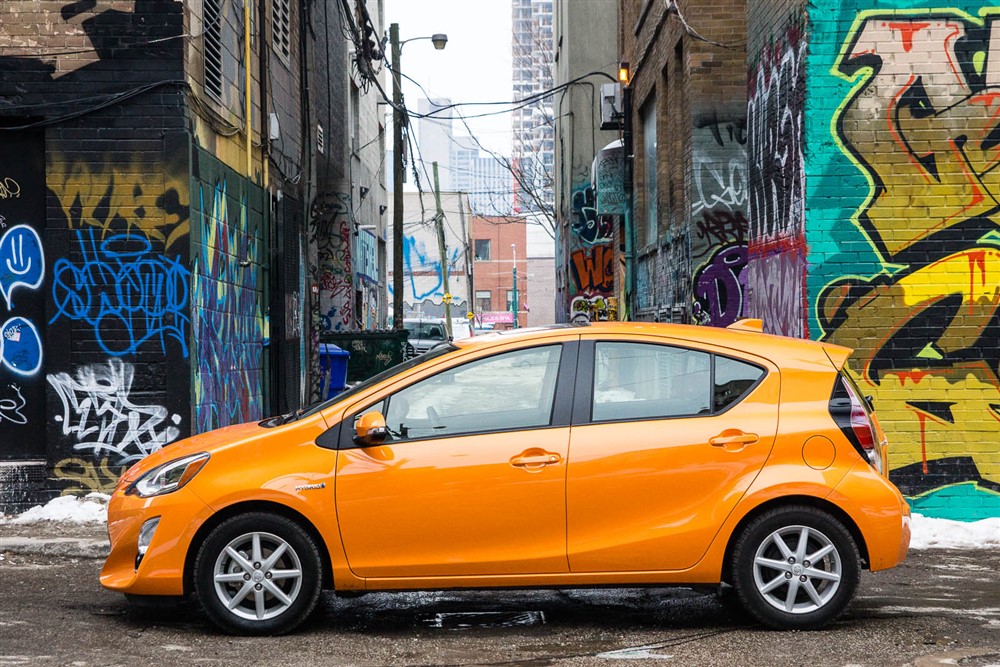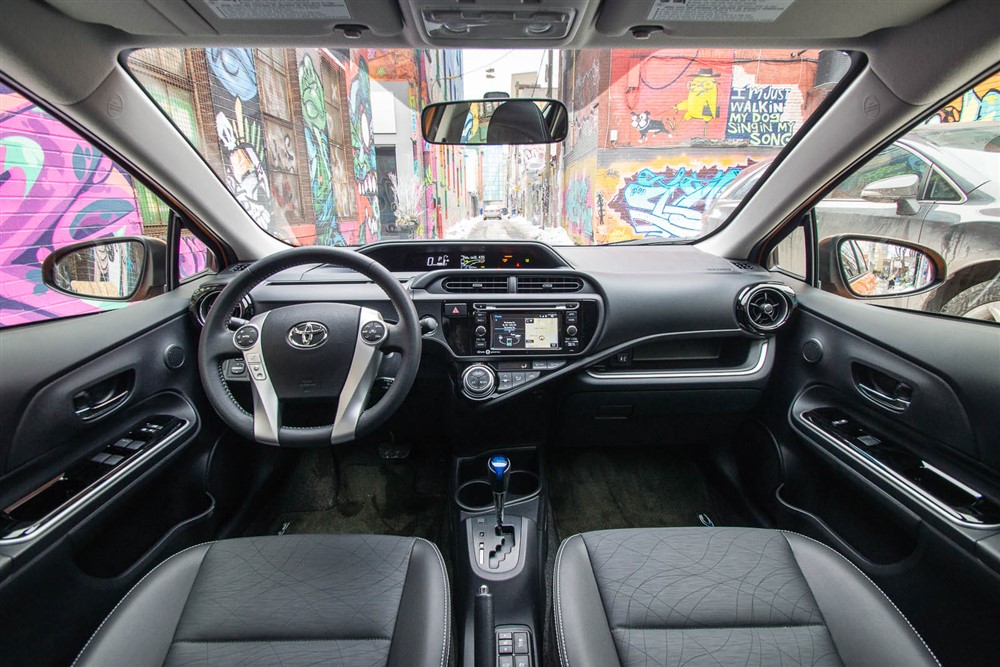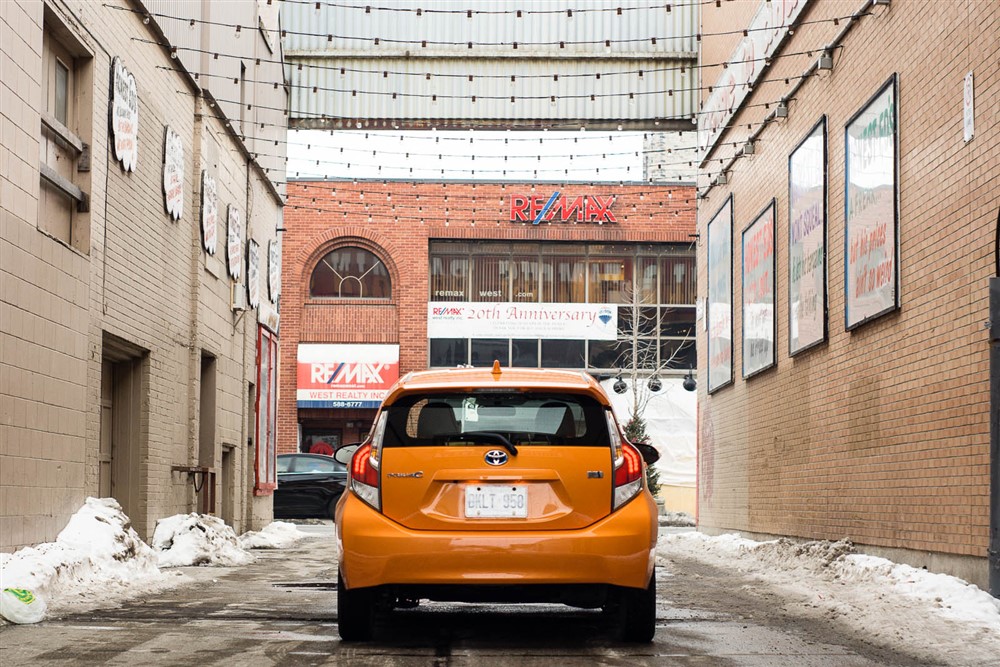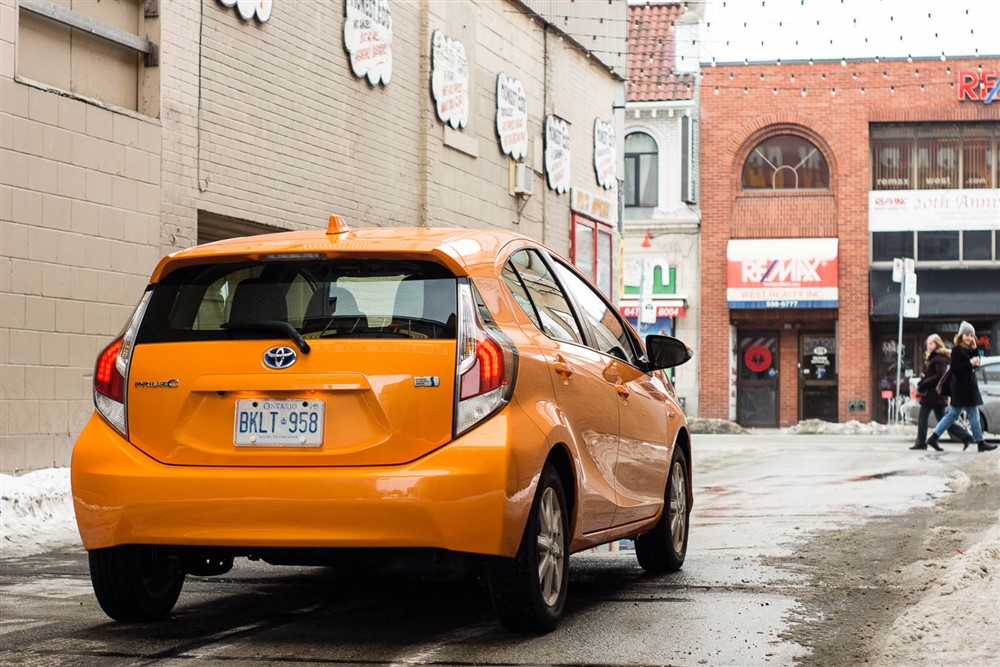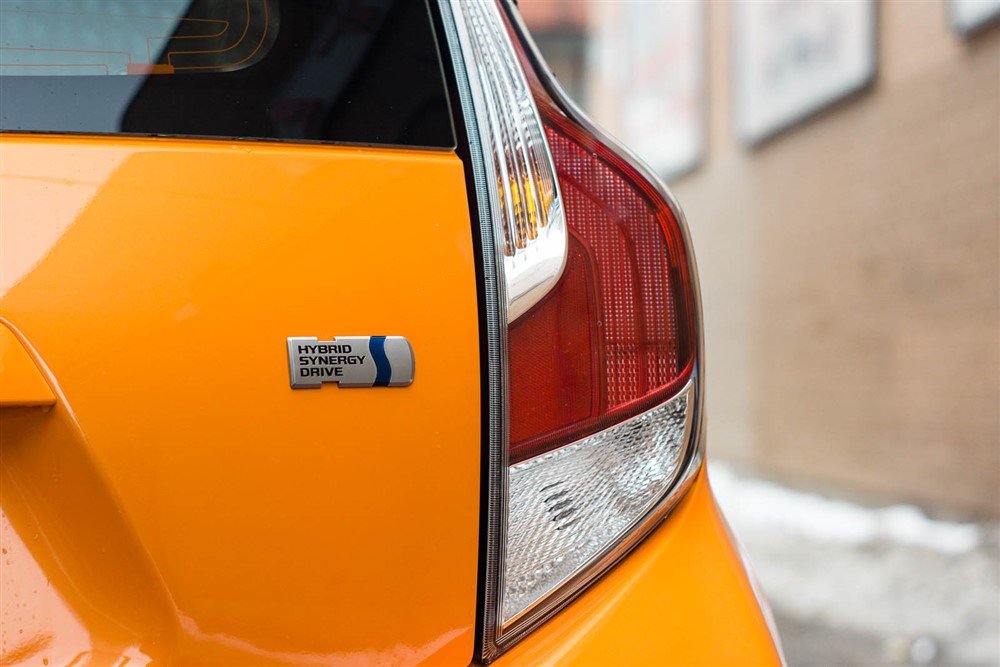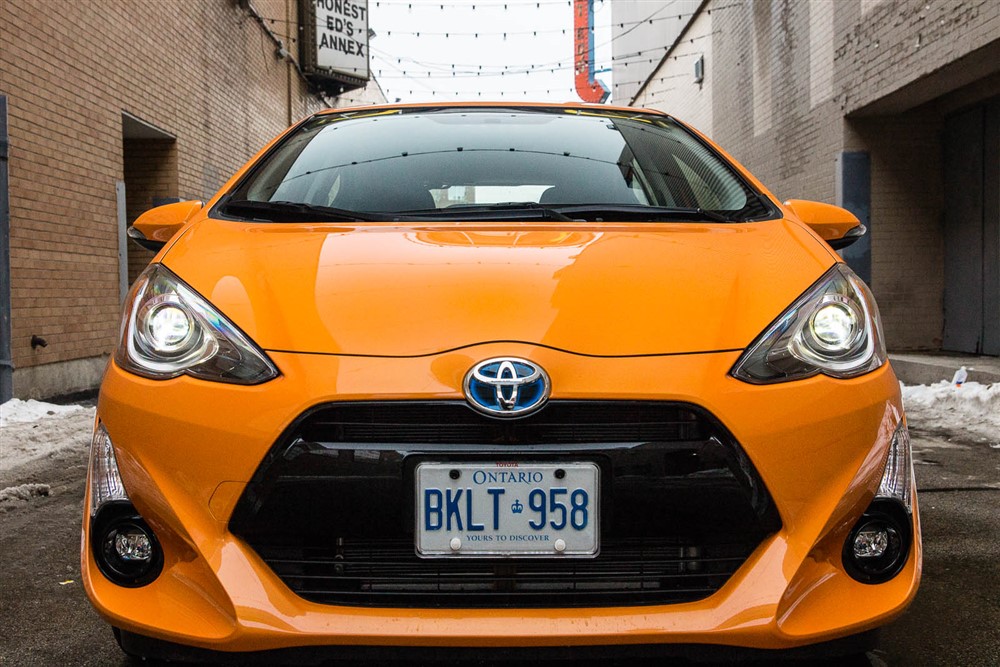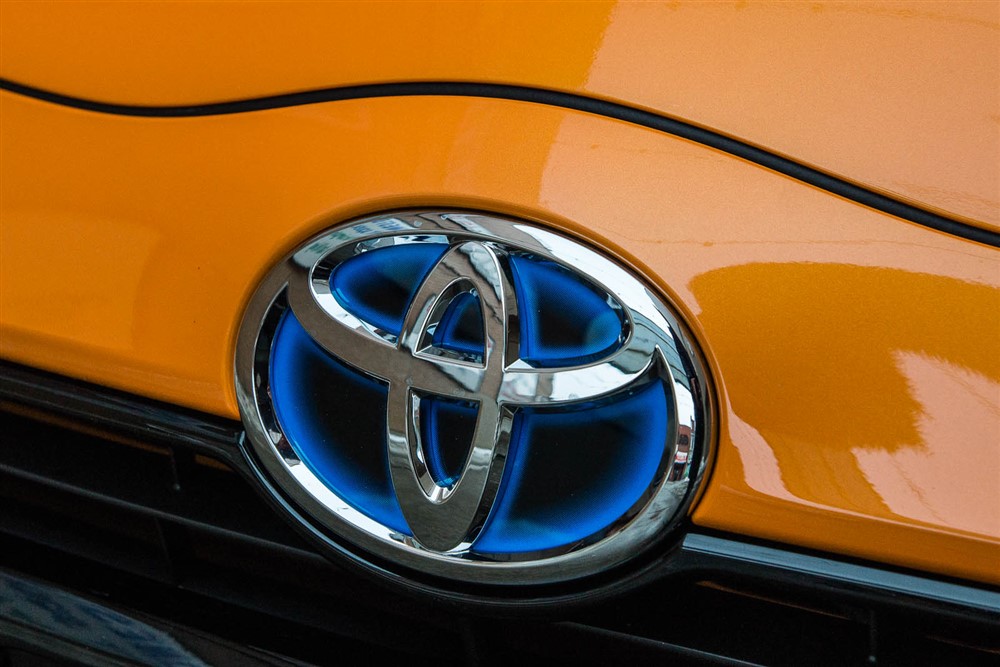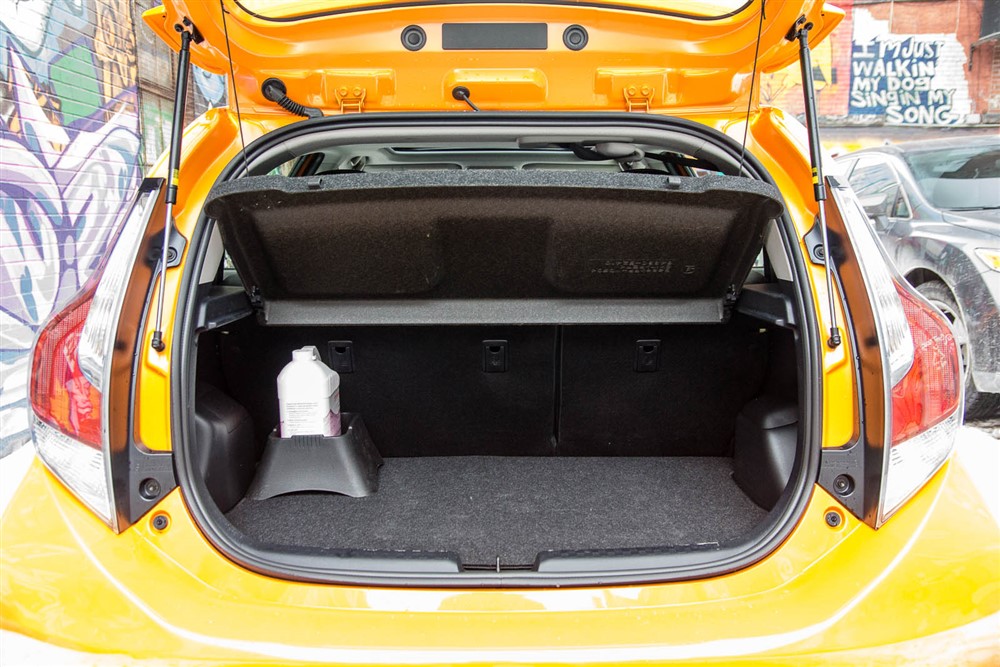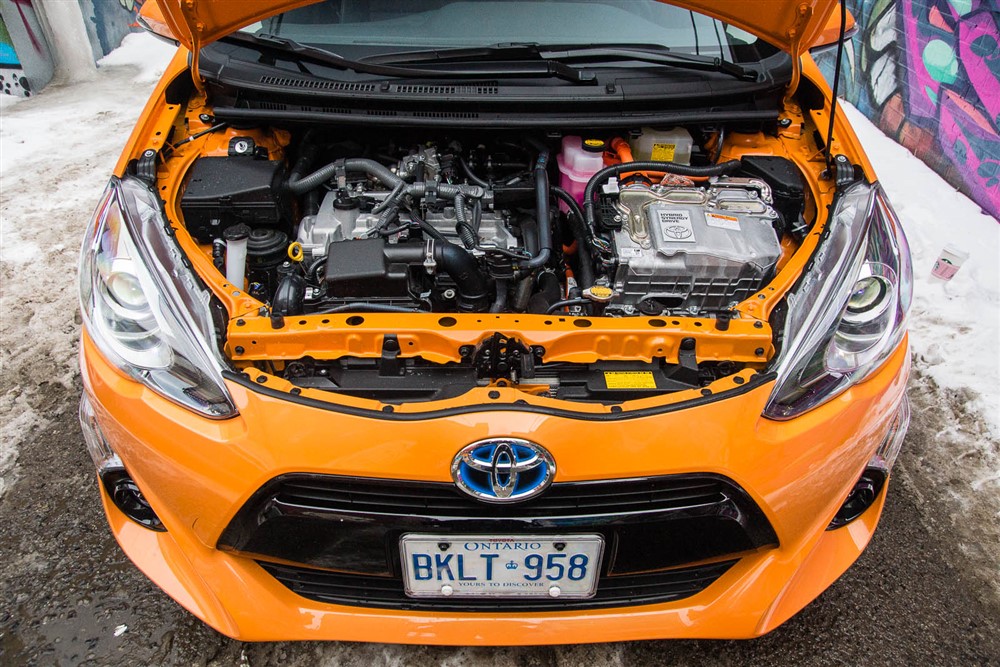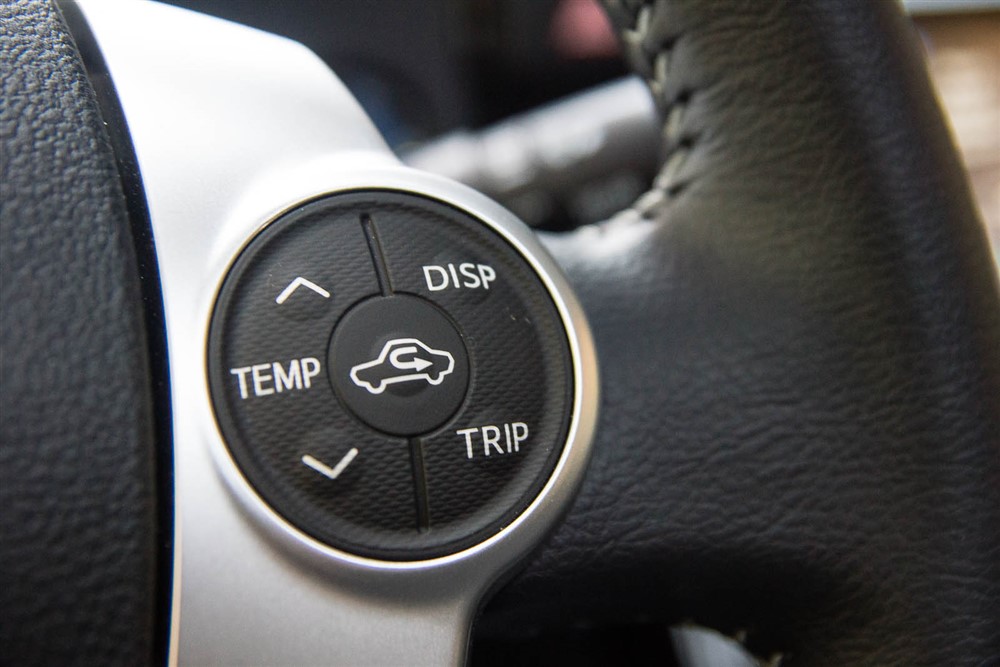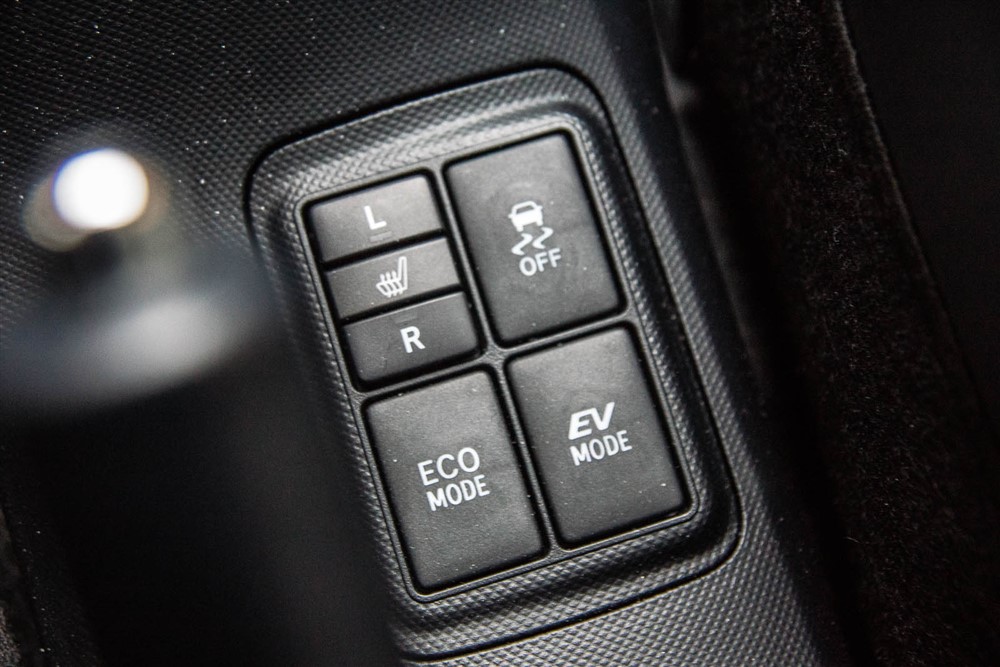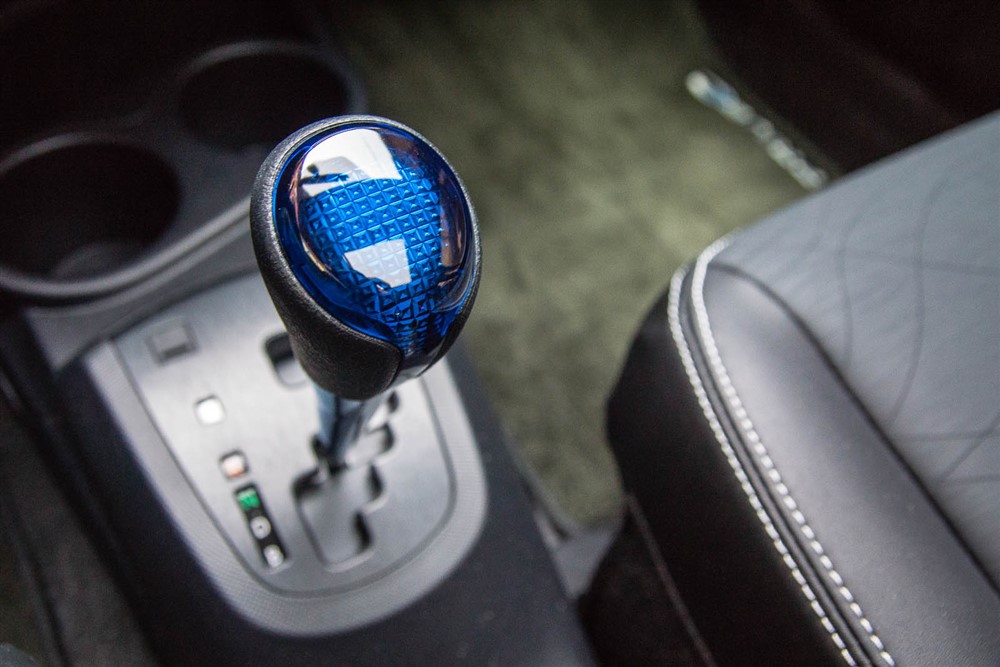At DoubleClutch.ca, we have now driven pretty much all the different iterations of the Toyota Prius. While it has never held the baton for enthusiasts by any stretch, it is important to understand the Prius for what it is, and how important the model is for all motorists everywhere. Pushing their hybrid gasoline-electric formula, dubbed Hybrid Synergy Drive, enables the technology to reach a greater audience, and improves the driving experience. It is this latter item that can sometimes be considered to be a detractor to hybrid electric vehicles. Most people are simply accustomed to mashing the accelerator pedal when the light turns green – it take a big change of mindset in order to effectively operate a hybrid electric vehicle.
The Toyota Prius family has been around for at least a decade, and in progressive places like the state of California, the Prius is one of the most popular models bearing the Toyota nameplate. Starting with the original Prius liftback, the lineup was gradually expanded to include the larger family-friendly wagon-like Prius V, a plug-in version of the original Prius, and a smaller Prius c subcompact hatchback. Toyota’s aim with the smallest “c” (this lowercase “c” is for city) model is to bring the hybrid formula down to a more palatable price, as well as offer the technology in a “city” car, where the benefits will be better realized by urban dwellers. It’s my turn to spend a week with a Tangerine Splash Pearl 2015 Toyota Prius c, equipped with the Technology package.
Smaller cars have often managed to get away with more vibrant colours, and the Prius c is no exception. The Tangerine Splash Pearl is a very bright shade of orange, and when combined with the updated front grille for 2015, the Prius c happens to look a little like a goldfish. This was pointed out to me by a friend, and now I can’t “un-see” it. I happen to think it’s a funky look that should be well-accepted by the younger, more youthful audience this car is aimed at. Being based on the Yaris hatchback brings a short overall length, a short wheelbase, as well as short overhangs; all contributing to a small package that is extremely easy to manage in the tight confines of the urban environment. The 4.8m turning radius is also great for maneuvering around the city – three-point turns become replaced with U-turns.
The front end is also treated to standard LED low-beam headlights – a feature somewhat unexpected but growing in popularity at this price point. More automakers need to follow this route – kudos to Toyota for improving the economy of scale. The Technology package is also treated to LED fog lights that look great at night. Out back, an updated taillight design ditches the circular orb that acted as the brake lights in favour of LED light pipes. I think I prefer the previous version a little more, as it kept up the Prius c’s youthful and futuristic design philosophy a little better. The side profile features large windows for improved outward visibility, and small aerodynamic fins on the trailing ends of the rear doors improve aerodynamic performance. My particular Prius c rode on 15” aluminum wheels wearing 175-section low rolling-resistance tires.
Inside, the Prius c lives up to its hatchback origins by being able to swallow up lots of your stuff. The batteries for the hybrid electric powertrain are stored under the rear seat bottom, so intrusion into the cabin is minimal. The 60/40 split folding seats fold down almost flat as a result. There’s a useful storage cubby above the glovebox (not unlike the Highlander, just scaled down), and the instrument cluster sits at the top of the dashboard, but in the middle of the car. This takes a little getting used to, but a lot of information can be presented at a glance. I spent a lot of my time looking at the Charge-Eco-Power gauge.
Looking around as you sit in the driver’s seat, you might be pleasantly surprised at how premium and well-finished the Prius c is with the Technology package. This top-end upgrade package adds Softex simulated leather seating surfaces, leather-wrapped steering wheel, satellite navigation, push-button start, Smart Key access, reverse camera, power moonroof, among other things. The bottom line: the Toyota Prius c offers a surprising amount of premium equipment, considering how pint-sized the car is. One doesn’t necessarily have to give up features when stepping into Toyota’s smallest hybrid. This is what Toyota is banking on – to get young people back into smaller cars by offering them what they would normally get in larger cars.
The item that defines the Prius resides under the hood. From the small Hybrid badges that are sprinkled around the sides and rear of the car, the Prius c is fairly conservative in telling people what’s going on underneath. The Prius c, however, doesn’t actually share the same Hybrid Synergy Drive powertrain as its larger brothers. Instead, a smaller Atkinson-cycle 1.5L four-cylinder engine (which can trace its lineage back to the original first-generation Prius) powers the gasoline side of the equation. The electric motor assist makes up the other half the equation, coming together to produce a total system output of 99 horsepower.
My commute into the downtown core was a great opportunity to see the hybrid electric assist shine. Hypermiling (within reason) is a game I enjoy. Getting the average fuel efficiency readout is an endless game of attentive and careful driving. One of the displays in the configurable instrument cluster can display an “ECO Score” out of 100 points. It takes into account how rapidly you accelerate, how smoothly you cruise at speed, and how abrupt you are with the regenerative brakes. This score resets every time you start moving after a complete stop. Driving in a smooth and efficient manner will spit out a score close to 100 as you come back to a stop. For what it’s worth, I was able to get it to indicate 99/100 several times throughout the week. This involved staying within the assist provided by the electric motor alone, and preventing the gasoline engine from starting up during acceleration.
99 doesn’t seem like a lot of horsepower, and you’d be right. However, it is perfectly serviceable (if you keep an open mind) in the low-speed stop-and-go traffic of the big city. The downside of the smaller Prius c body (as well as the lower purchase price) is that the batteries and gasoline engine also have to be sized down accordingly. As a result, the acceleration provided by both the electric and gasoline portions of the powertrain (when independent and when combined) is considerably less brisk than that of the standard Prius with its 1.8L engine and larger battery array. As I’ve said before, it’s important to not anger your fellow motorists behind you, so I found myself dipping into the “Power” section of the gauge a little more often than I would have liked. Those who typically drive with a lead foot may wish for a little more power.
Being Toyota’s smallest and lightest hybrid, the Prius c can brag about being the most efficient non plug-in vehicle in the family. Toyota rates the 2015 Prius c at 4.5L/100km in the city, 5.1L/100km on the highway, and 4.8L/100km in a combined cycle. I managed a week-long average of 5.2L/100km over about 500km. Like with many hybrid electric vehicles, driving on the highway actually pushes up the consumption values, as the gasoline engine needs to run more often. On one cold afternoon, I deliberately stuck to city streets as I made my way home from downtown Toronto. Over a 25km distance, littered with many stop lights, I squeezed out a single-trip average of 4.6L/100km – pretty impressive. The Prius c will accept 36L of regular-grade fuel. Also impressive is the range you can get per tank. Over 500km on under 40L of fuel is always noteworthy.
There is usually a cost premium up-front associated with purchasing hybrid electric vehicles. The Prius c starts at $21,055 and comes fairly well equipped, with power everything, heated mirrors, LED headlights, and automatic single-zone climate control. The Upgrade package, for $650, gives you additional speakers for the stereo, cruise control, tonneau cover, and the 60/40 split-folding seats (as opposed to a one-piece 100/0 configuration). The Technology package is a $4,350 jump (to $26,210), which may sound like a lot, but adds in a very robust feature-set covered earlier. I honestly wasn’t expecting satellite navigation to be available at any price, so it’s nice to see the option available. I expect the Upgrade package to be the volume seller.
I can understand when people dismiss cars like the Prius c simply based on the fact that it only produces 99hp of motive power. The power certainly takes some time to get used to, but when people are looking to reduce their overall long-term fuel consumption, one needs to ask themselves whether they need a ton of horsepower to crawl through the city. This paired up with the fact that parking spaces are either shrinking or disappearing altogether, makes the Prius c attractive when you have to squeeze it in somewhere. I like the Prius c for its handy yet practical size, youthful feel (the bright orange helps), and the efficiency is pretty hard to beat. The Toyota Prius c with Technology package is a handy little package for those looking to reduce their fuel consumption and vehicle footprint, while not giving up on the gadgets younger people have come to expect nowadays.
2015 Toyota Prius c Gallery
See Also:

